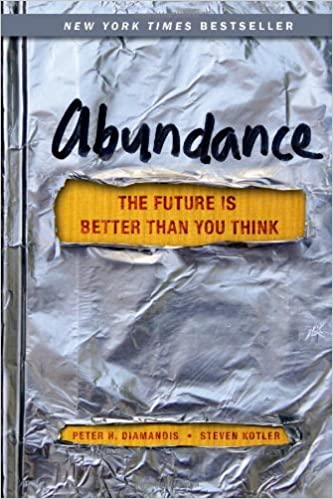1/
Ideas, coupled with technology, could solve all of the world’s problems.

In today’s hyperlinked world, solving problems anywhere, solves problems everywhere.
Teaching kids how to nourish their creativity and curiosity, while still providing a sound foundation in critical thinking, literacy and math, is the best way to prepare them for a future of increasingly rapid technological change.
In a rapidly changing technological culture and an ever-growing information-based economy, creative ideas are the ultimate resource.
Yet our current educational system does little to nourish this resource.
I’ve got a hunk of gold and you have a watch.
If we trade, then I have a watch and you have a hunk of gold.
But if you have an idea and I have an idea, and we exchange them, then we both have two ideas.
It’s nonzero.
Culture is the ability to store, exchange, and improve ideas.
The free flow of information has become so important to all of us that in 2011 the United Nations declared “access to the Internet” a fundamental human right.
Technology is a resource-liberating mechanism.
It can make the once scarce the now abundant.
The true promise of abundance is one of creating a world of possibility: a world where everyone’s days are spent dreaming and doing, not scrapping and scraping.
Abundance is a global vision built on the backbone of exponential change, but our local & linear brains are blind to the possibility, the opportunities it may present, and the speed at which it will arrive.
Instead we fall prey to what’s become known as the “hype cycle”.
Quite simply, good news doesn’t catch our attention.
Bad news sells because the amygdala is always looking for something to fear.




